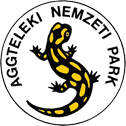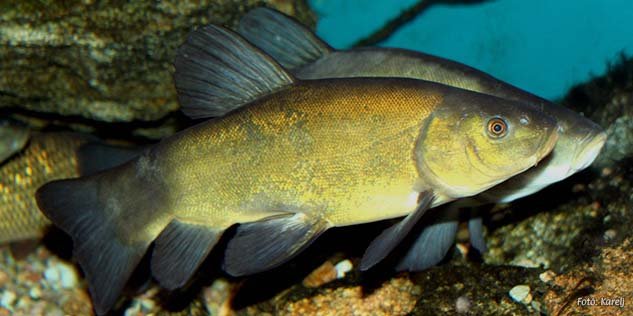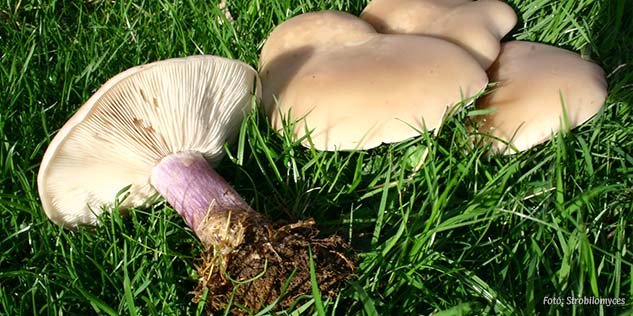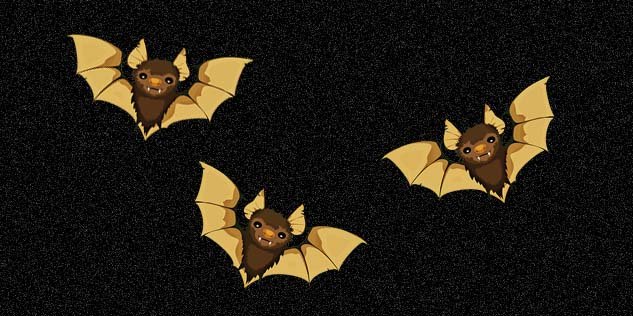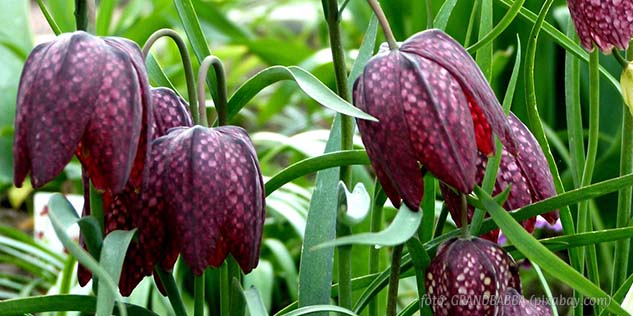
The name Fritillaria comes from the Latin fritillus meaning dice-box, possibly referring to the chequered pattern on the flowers; although this derivation has been disputed. The name meleagris means "spotted like a guinea fowl". The common name "snake's head" probably refers to the somewhat snakelike appearance of the nodding flower heads on their long stems. Vita Sackville-West called it "a sinister little flower, in the mournful colour of decay."
The flower has a chequered pattern in shades of purple, or is sometimes pure white. It flowers from March to May and grows 15–40 cm (6–16 in) in height. The plant has a button-shaped bulb, about 2 cm in diameter which contains poisonous alkaloids. It grows in grasslands in damp soils and river meadows at altitudes up to 800 m (2625 ft).
Fritillaria meleagris is native to Europe and western Asia but in many places it is an endangered species that is rarely found in the wild but is commonly grown in gardens. In Croatia, the flower is known as kockavica and is associated by some with the country's national symbol. It is the official flower of the Swedish province of Uppland, where it grows in large quantities every spring in Kungsängen (King’s Meadow), which gives the flower its Swedish name, kungsängslilja (Lily of Kings Meadow).
